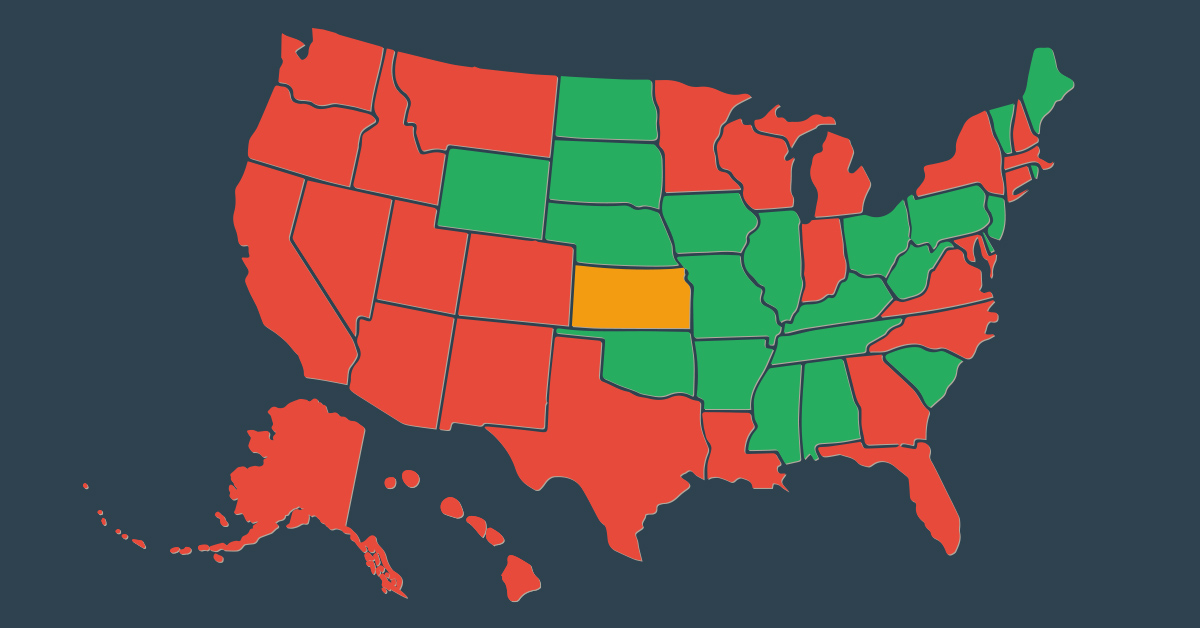More than half of the U.S. is in the midst of a housing shortage, according to a new report from Freddie Mac.
The government-sponsored enterprise reported that years of underbuilding has led to a sizable housing deficit across the country, especially in states whose robust economies have drawn residents from other states. In turn, shortages in housing supply in these desirable states have caused residents there to search for housing in more affordable states, creating a cycle of a constant lack of inventory.
“Simply put, new housing supply is not keeping up with rising demand,” said Sam Khater, Freddie Mac’s chief economist. “We estimate that the housing market is undersupplied by 3.3 million units, and the shortage is rising by about 300,000 units a year. More than half of all states have a housing shortage, and the shortage is no longer concentrated in coastal markets but is spreading to the middle of the country in more affordable states like Texas and Minnesota.”
To estimate the number of states currently dealing with a shortage, Freddie Mac calculated a target vacancy rate — since the housing market needs a certain number of vacant units year-round to function smoothly — for each state, as well as a target rate of households given the state’s population. These two figures were combined to estimate housing demand, and subtracting housing demand from the housing supply estimated by the U.S. Census Bureau derived each state’s housing deficit.
Per Freddie Mac’s figures, 28 states (and the District of Columbia) are currently experiencing a housing shortage. Expressed as a percentage of housing stock, state-by-state housing deficits ranged from -7.1% in West Virginia (which has the largest oversupply in the country) to 9.55% in Washington, D.C., which has the largest shortage. Not counting D.C., Oregon had the largest deficit at 8.8%, followed by California at 5.7%.
Kansas was the lone state to record a 0% deficit, meaning it is neither undersupplied nor oversupplied.
Using interstate migration trends since 2001 to predict future population flows, Freddie approximated the further impact of state-to-state movement on current housing surpluses. Although some high-economy coastal states, such as California, saw their housing deficits improve slightly, the shortages in more affordable interior states grew even larger. Utah, for example, saw its undersupply worsen by about 0.3 percentage points, while Idaho, Texas and Colorado saw their shortages intensify by roughly 0.5 percentage points each.
Freddie’s report noted that the growing shortage will be further exacerbated as more millennials and members of Generation Z enter the housing market this decade — driving up demand, putting upward pressure on prices and causing affordability to erode.
“We are in the midst of a demographic tailwind, and we expect home-purchase demand will remain strong well into the next decade as the peak cohorts of millennials turn 30 years of age in 2020 and beyond,” Khater said.






